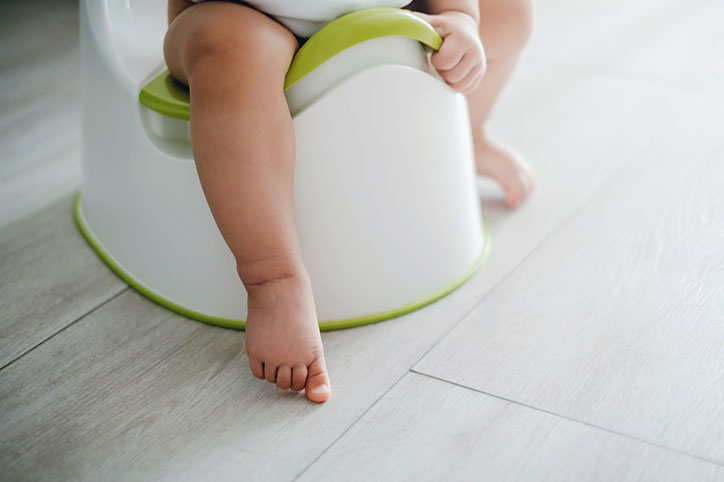Successfully potty training your toddler over a weekend? Sounds too good to be too, doesn’t it? Not necessarily. For most parents, potty training can be a long and frustrating process. But fans of the 3-day potty training method say it doesn’t have to be that way.
How it works: Your toddler goes cold turkey with the diapers, you quarantine yourselves in your home…








